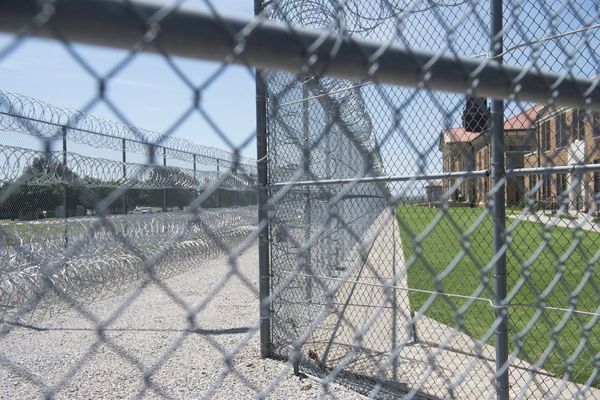
Wyoming saw a resurrection last week.
Eight small towns across the vast rural state were reeling from the gut punch of the abrupt closures of their newspapers just a week earlier. Staff had woken up to an email from News Media Corporation (NMC) announcing the immediate closures of the printing presses.
“It is with a heavy heart that I write to inform you that NMC will be closing its doors permanently,” NMC said in the email on 6 August. “Unfortunately, due to financial challenges, a significant economic downturn impacting our industry, revenue losses and increasing expenses, and the recent failure of an attempt to sell the company as a going concern, we have reached a point where continuing business is no longer feasible. This was a difficult decision, and it is in no way a reflection of your individual performance or dedication to the company.”
The scene was not unique. According to the Local News Initiative, 3,200 local news outlets have vanished across the US since 2005. An estimated 55 million Americans do not have access to a local news source.
Before the Wyoming residents were nearly added to the growing lists of news deserts, a miracle came. A group of Wyoming news executives stepped into the fold, buying eight of the papers – seven in Wyoming, and one just across the border in Nebraska. Printing would resume, and staff at the papers, who never stopped working during the closure, would receive full pay.
Four South Dakota papers were brought back from the brink in a separate transaction as well.
Rob Mortimore, one of the news executives who stepped up to purchase the Wyoming papers and the publisher of the Torrington Telegram, has worked in Wyoming news for 24 years, and sees the mission as vital.
“When communities lose their newspaper, they lose their voice,” he said.
Wyoming, the least populated state in the union, has just 11 towns with more than 10,000 people, and a total population clocking in at just under 600,000. Its windy plains, high sagebrush deserts and alpine peaks all contribute to a landmass larger than the United Kingdom’s.
According to Jen Sieve-Hicks, executive editor at the Buffalo Bulletin, the state’s rural nature makes local papers all that more important. Sieve-Hicks noted that the town had no radio station, the nearest television station is 110 miles away, and the Bulletin is the only news source in a county as big as Delaware and Rhode Island combined.
“We really are not only the main source – we are the only source of news in our community,” she said. “We are a connective tissue in the community.”
Hicks has been at the Bulletin for 20 years, and her husband, Rob, have family roots in the Wyoming news business dating back 70 years. The couple, along with Mortimore, pooled together to buy the papers after their closure. The outlets are “100% locally owned” and the purchase has none of the private equity or hedge fund involvement that has gutted papers across the country.
To Cali O’Hare, managing editor at the Pinedale Roundup, local control of rural news is vital.
“Local ownership is key,” O’Hare said. “I think keeping the corporation, which sees us all as a bottom line and a number, I think keeping them out of it is so incredibly important.”
O’Hare is no stranger to the demands of a rural newspaper or the dangers of news deserts. After earlier cuts, O’Hare has been a one-woman show at the Pinedale Roundup, which serves a county just smaller than the state of Connecticut, for the last 18 months. She handles everything from obituaries to the sports page. O’Hare has stuck through out of a commitment to her local community.
“The first newsroom I ever worked in, we had a sign that hung in the back that said, ‘The hours are long, the pay sucks, but at least everybody hates you,’” O’Hare said. “So that’s kind of the mentality that I fall back on, just in service and sacrifice to my community.”
O’Hare had a 100F fever the morning of 6 August, when she learned about the Roundup’s closure. She proceeded to pull an 18-hour day, cleaning out the office, stopping the presses for the coming issue and taking visits from long-time Sublette county residents wanting old copies of the paper that had served their community for the last 121 years.
O’Hare spent the next two days working from a bed of Sublette county’s new hospital, whose opening she had covered just a week before, much to the chagrin of her doctors. She said that she, and other local Wyoming journalists, were firm believers that the closure wouldn’t stick.
“Corporate could close its doors, but this was far bigger than corporate,” O’Hare said.







